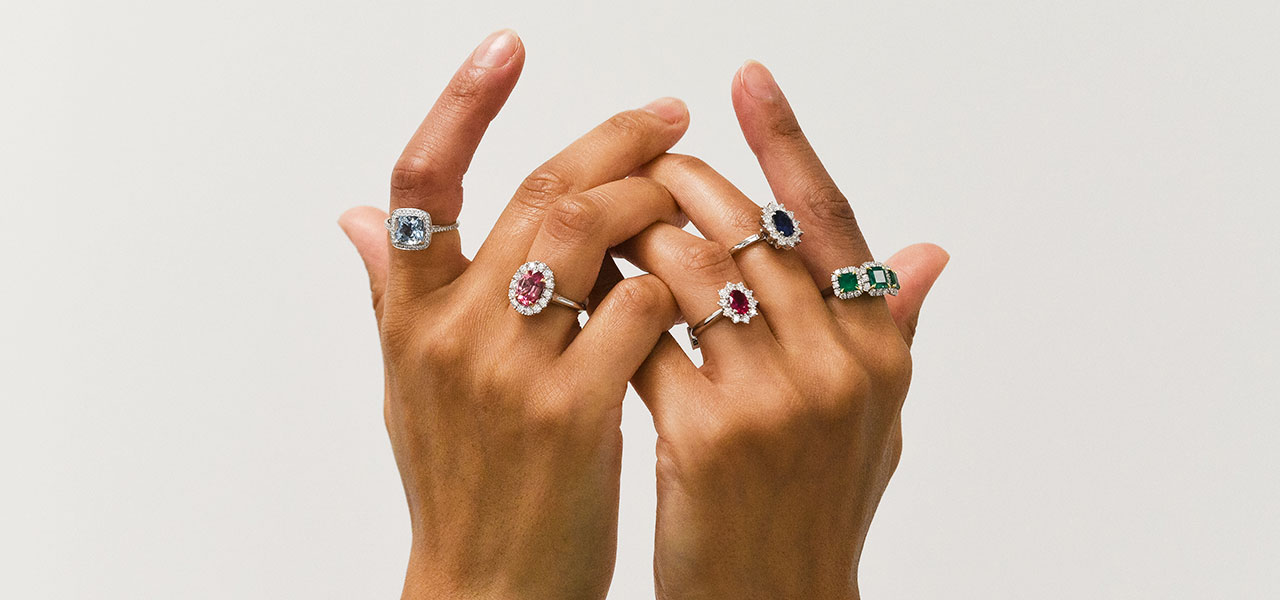In today’s ever-evolving jewellery market, the use of recycled gold in jewellery is a lie has sparked significant debate. Many consumers are drawn to the idea of sustainability, often believing that recycled gold offers an eco-friendly alternative to traditional mining. However, we must delve deeper into this claim and explore the reality of recycled gold and the benefits of lab diamonds.
Understanding Recycled Gold
Recycled gold refers to gold that has been reclaimed from old jewellery, electronics, or industrial scraps. While it sounds like a sustainable option, the truth is more complex. The recycling process can be resource-intensive and may not always yield the expected environmental benefits. Moreover, the market is flooded with misleading claims regarding the purity and ethical sourcing of recycled gold.
The Purity Dilemma
Many consumers assume that recycled gold is synonymous with purity. However, this is not always the case. Recycled gold can contain impurities from the original items it was sourced from, which can affect the overall quality. Unlike newly mined gold, which can be refined to specific standards, recycled gold may have varying levels of purity. This inconsistency can lead to issues in jewellery crafting, resulting in products that do not meet customer expectations.
The Environmental Impact of Recycled Gold
While the concept of recycling gold seems beneficial for the environment, the reality often paints a different picture. The process of reclaiming gold can still involve considerable energy consumption and chemical usage.
Energy Consumption
Recycling gold does require energy, often leading to a carbon footprint that may not be significantly lower than mining new gold. This process involves melting down old jewellery, which demands substantial energy. In fact, the energy required for recycling can approach that of mining, depending on the method used.
Chemical Usage
The recycling of gold often involves chemicals to separate gold from other materials. These chemicals can be harmful to the environment if not managed properly. The environmental regulations around these processes vary widely, leading to potential ecological damage if companies do not adhere to best practices.
Lab Diamonds: The Sustainable Alternative
In contrast to recycled gold, lab-grown diamonds present a truly sustainable option for consumers. These diamonds are created in controlled environments, mimicking the natural processes that form diamonds in the earth. Here are some key advantages of choosing lab diamonds over recycled gold.
Ethical Sourcing
Lab diamonds are free from the ethical dilemmas often associated with mined diamonds, such as conflict sourcing. By opting for lab-grown options, consumers can ensure that their purchase does not contribute to human rights abuses or environmental degradation associated with mining practices.
Environmental Benefits
The production of lab diamonds has a significantly lower environmental impact than both mining and recycling gold. The process requires less water and generates minimal waste, making it a more sustainable choice for conscientious consumers. In addition, lab diamonds are produced with energy-efficient methods, often using renewable energy sources.
Cost-Effectiveness
Lab-grown diamonds typically cost 20-40% less than their mined counterparts. This cost advantage allows consumers to invest in higher quality stones or additional jewellery pieces without exceeding their budgets.
Quality and Clarity
Lab diamonds are chemically, physically, and optically identical to mined diamonds. They often offer better clarity and fewer inclusions, providing consumers with a higher quality product. With lab diamonds, we can achieve the same aesthetic appeal without the associated ethical concerns.
The Misconception of Recycled Gold as a Sustainable Choice
The marketing of recycled gold as an eco-friendly and ethical choice can lead consumers to believe they are making the right decision. However, the facts reveal that this perception is largely a misconception.
Marketing Tactics
Many companies use eco-conscious marketing tactics to promote recycled gold. They often highlight the purported sustainability of their products without addressing the complexities involved in the recycling process. This creates a false narrative that recycled gold is superior to lab-grown alternatives.
The Reality of Production
In reality, both recycled gold and lab diamonds have their place in the jewellery market, but only lab diamonds can consistently claim the title of a truly sustainable and ethical choice. By educating consumers on the nuances of both options, we can help shift perceptions towards more sustainable practices in jewellery purchasing.
Conclusion: Making Informed Choices
As consumers become increasingly aware of the environmental and ethical implications of their purchases, it is crucial to approach the jewellery market with a discerning eye. The notion that recycled gold is the best choice for sustainable jewellery is a myth. Lab diamonds emerge as the clear winner, providing ethical sourcing, lower environmental impact, and greater quality.

